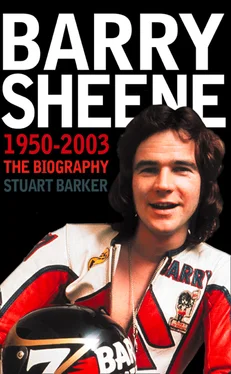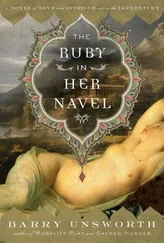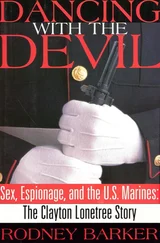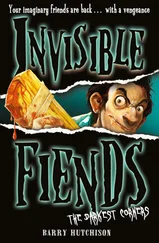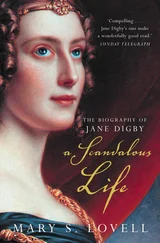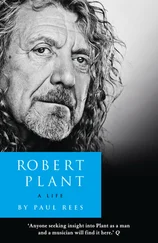‘Two women sharing my bed was old hat as far as I was concerned.’
It’s fair to say that there is no long-standing tradition of motorcycle racers being pin-ups, heart-throbs, playboys or style gurus, but Barry Sheene was all of these things and a whole lot more, besides being a phenomenally successful racer. Ever since his first sexual dalliance over a pool table in the crypt of a London church, Barry never left anyone in any doubt about his sexual orientations. Certainly wealth, fame and the perceived glamour of his chosen profession helped considerably in his conquests of the opposite sex, but his boyish good looks and easy charm were already in place long before any material success.
Sheene was born with a natural blond streak in his otherwise brown hair which, he claimed, was a result of his mother having received a nasty shock during pregnancy when a child walked out in front of her car. According to Sheene, who presumably got the story from his mother, the incident was enough to leave a birthmark on his head which in turn caused the blond streak to grow from it; he related this story many times to prove he was not dyeing it and hence ‘not turning into a pouffo’. It seems Sheene was destined to stand out from the crowd even before he was born. Blond streak aside, the long, flowing locks were all his own doing, together with overgrown sideburns a fashion ‘must’ in the seventies. ‘Having your hair cut in the seventies,’ he observed, ‘was like having your legs amputated. It just wasn’t on.’
Sheene was not built like an athlete, but his frame seemed to serve him well enough when it came to the fairer sex, and what he lacked in the Adonis physique stakes he more than made up for with his ready wit and devil-may-care attitude. In 1973, his looks were deemed worthy of an appearance in Vogue magazine, an accolade of which no bike racer before or since can boast. The man behind the lens was none other than David Bailey, one of England’s most celebrated photographers, more used to working with Mick Jagger, the Beatles, Salvador Dali and Jack Nicholson than with motorcycle racers. The Vogue job wasn’t Sheene’s only modelling stint, either; his other assignments included posing in a pair of underpants alongside a semi-naked woman in the Sun – again, not the most traditional extra-curricular activity for a bike racer, a point that was not lost on Sheene. ‘I reckon I finally destroyed the popular concept of a biker when I was pictured in the Sun. This wasn’t quite what traditional bike enthusiasts had come to expect, but I’m sure it helped to undermine the myth that all those who rode motorcycles are dumb, dirty and definitely undesirable.’ Sheene even went on to have his own weekly column in the Sun in the seventies, which gave him a much coveted mouthpiece in the country’s biggest-selling newspaper.
Image was always important for Sheene, and his greatest role model was Bill Ivy, whom he had known and admired since childhood, as he admitted in an interview for Duke Video in 1993. ‘I suppose one of the biggest influences when I’d just started racing was Bill Ivy because [he] used to race for my dad and was a good mate of mine and I loved his lifestyle. I mean, he was always surrounded by crumpet, all young ladies. I suppose I sort of modelled myself on Bill in that he always used to dress the way he pleased and his lifestyle was a lot of fun, and the woman side of it was the bit I envied the most.’ Sheene’s former rival Mick Grant witnessed Barry’s dealings with the media first-hand and reckoned he played up this playboy image. ‘He was just very good with the media. He was probably better with the media than he was at riding, and he was okay at riding.’
Anything Barry did to improve his own personal standing and image usually seemed to have a positive effect on motorcycle racing in general. He might have had to get rid of the saucy patches he wore on his leathers (‘Happiness is a tight pussy’; ‘I’ll make you an offer you can’t refuse’) once he became famous, but he was still capable of attracting attention to himself as a rider. White leathers when most others wore black, the colourful Donald Duck motif on the helmet, the gimmick of making a victory V sign whenever he won a race (which signified victory to the spectators while appearing as something very different to the riders behind him), a caravan to take girls back to rather than an oil-stained van – all these things helped Barry’s personal pulling power as well as the overall image of the sport.
The caravan was introduced during the 1971 season, and while Sheene himself claimed to have bought it on hire purchase, his brother-in-law Paul Smart said that Barry ‘blew half his money on it’. However it was paid for, it was money well spent, as Smart explained: ‘The only thing he was world champion at was sex. In every country, there used to be a hell of a competition for the girls in the paddock. Barry won, of course. The thing is, he’d never give up. He could have three blow-outs but he’d just keep going until he scored. The caravan body eventually fell off the chassis.’ Years later, Sheene admitted this to me, and the caravan falling apart led to another problem, as he explained. ‘As I was welding [the chassis] I lost the St Christopher my mum and dad had given me for luck. At the very next race [the 1972 Imola GP], my bike seized, threw me up the road and punctured my stomach, so my mum and dad bought me another St Christopher.’
The more polished Barry’s image became, the more ‘crumpet’ he could pull. Sheene’s first serious girlfriend was Lesley Shepherd, whom he met in 1967 when he was just 17. They dated for the next seven years but split in 1974 after a relationship which, by Barry’s own admission, was not quite monogamous. He openly confessed to seeing other girls during his foreign travels of the period, some of whom he’d met on the dancefloor. Like most youngsters who lived through the seventies, Barry Sheene loved his disco dancing. It wasn’t so much for the physical benefits that could be gained from all that strutting under a sparkling glitter ball as the fact that it was an easy way to meet girls – and when it came to that Sheene never missed a trick. When he was recuperating from injuries sustained at Mallory Park and aggravated later at Cadwell Park in 1975, the biggest frustration for Sheene wasn’t his inability to ride a bike, it was not being able to dance: ‘[My] inability to get on that dancefloor made me even more determined to get back to peak fitness as quickly as was humanly possible.’
As usual, Sheene only wanted the best and most exclusive when it came to nightclubs, and his annual membership of Tramp near Trafalgar Square was, as far as he was concerned, £30 well spent. There he could mix with fellow celebrities and, naturally, a bevy of gorgeous models. Barry was never shy about boasting of his female conquests, once professing to be every bit George Best’s equal when it came to hitting it off with top models – and in the seventies when he was at his peak, keeping up with Best was no mean feat. The evidence would certainly seem to support Barry’s claim when one considers that it wasn’t unusual for him to have three women on the go at any one time; he often had to juggle them around to avoid potentially embarrassing double-bookings on the same night. ‘As far as women went,’ he said, ‘I was the man for all seasons. A different girl each night was my regular pattern. There were even weeks when I would be saying goodbye to one young lady, immediately chatting another up on the phone and eyeing the clock to see how soon the third would be arriving.’ Of course, sometimes the double-bookings were intentional. ‘I had tried everything that I had read about and a whole lot more besides. Two women sharing my bed was old hat as far as I was concerned.’ Even when he was fit enough to be at a race track rather than recuperating from injury, Sheene, unlike many other top sportsmen, refused to observe the energy-saving, no-sex rule on the evening or morning before an event. If Barry felt like ‘getting his leg over’, an inconvenience like a motorcycle race wasn’t going to stop him.
Читать дальше
